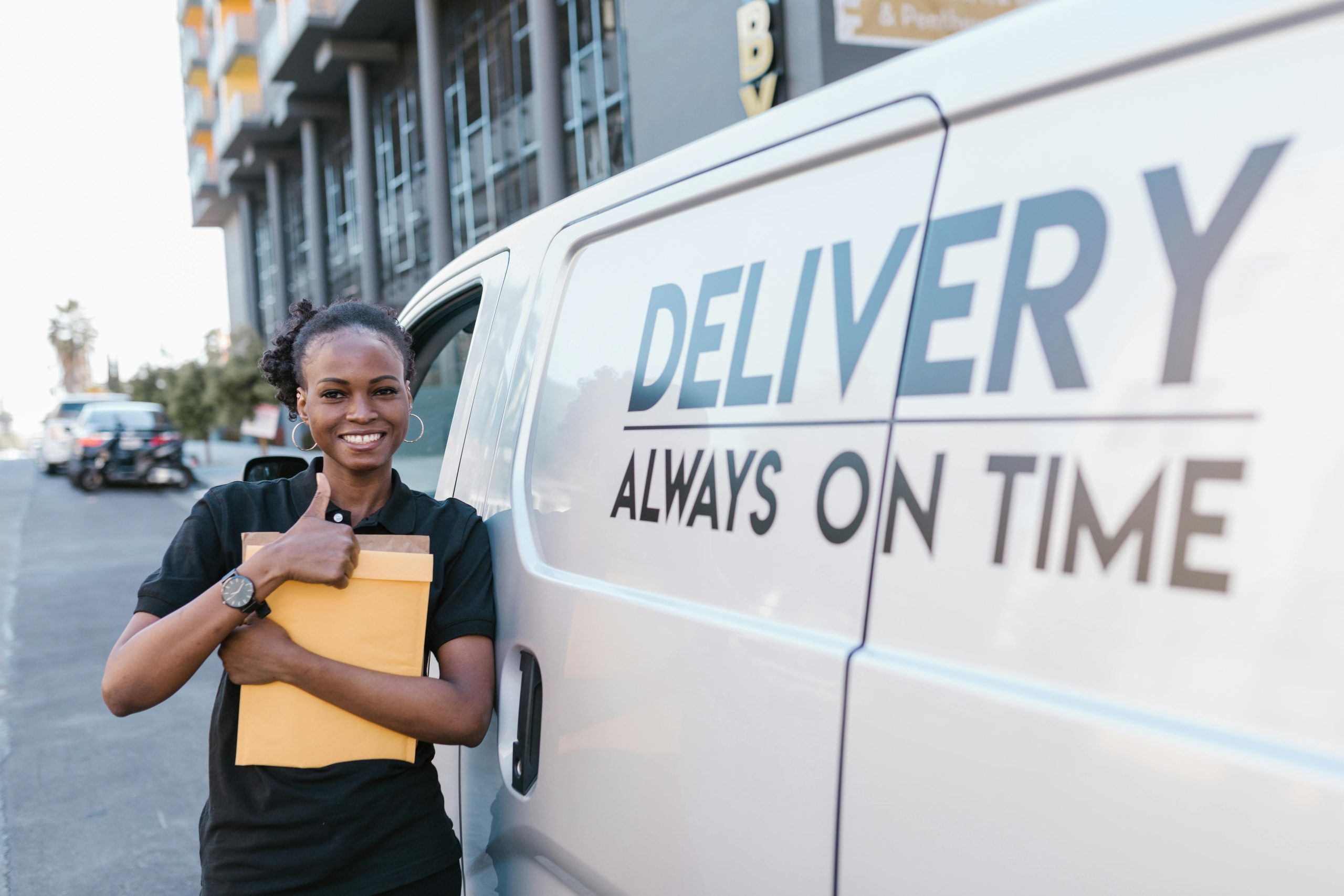Grocery delivery services like Instacart offer incredible convenience. You can order essentials from your couch and have them arrive at your doorstep within hours. This saves time and hassle, especially for busy individuals or those with mobility challenges. However, relinquishing control over product selection means relying on a personal shopper to choose items for you. This lack of personal inspection can be problematic for certain types of groceries. Quality, ripeness, and handling matter more for some foods than others. Here are eight food categories where you might want to exercise caution when ordering via delivery services.

Image Source: Pexels
1. Highly Perishable or Delicate Produce (e.g., Berries, Avocados)
Items like fresh berries, ripe avocados, peaches, or delicate greens require careful selection and handling. Berries can mold quickly if already bruised or damp. Avocados need to be checked for the perfect stage of ripeness, which is subjective. Delicate produce bruises easily during transport if not packed carefully. A personal shopper, focused on speed, might not select these items with the same care you would. You risk receiving under-ripe, over-ripe, or damaged produce when ordering these sensitive items for delivery.
2. Produce Where Size or Specific Shape Matters
Sometimes a recipe calls for produce of a specific size or shape (e.g., uniformly sized potatoes for roasting, a particular size onion). Or perhaps you just have personal preferences based on how you plan to use the item. Communicating these nuances through an app can be difficult. Shoppers might grab the first available item without considering specific size needs. If size, shape, or uniformity is important for your intended use, you might prefer selecting these produce items yourself in the store.
3. Meat and Seafood Requiring Careful Inspection

Image Source: Pexels
Selecting fresh meat and seafood often involves personal inspection. You might look for specific color, marbling, thickness, or freshness indicators (like clear eyes on fish). You might also check “packed on” or “sell by” dates carefully. Relying on shoppers means trusting their judgment on quality and freshness. While many shoppers are diligent, they may not have the same expertise or pickiness as you. For expensive cuts or items where freshness is paramount, buying in person allows for better quality control.
4. Items You Prefer with the Longest Expiration Date
For staples like milk, yogurt, bread, or packaged salads, many shoppers reach for the item with the furthest expiration date. This maximizes freshness and usability at home. Personal shoppers, aiming for efficiency, might simply grab the most accessible item on the shelf, which could have an earlier date. While the item is still within its safe period, you might prefer a longer shelf life. If maximizing freshness duration is important, ordering these items for delivery involves relinquishing that control.
5. Frozen Goods (Risk of Thawing)
Maintaining the cold chain is crucial for frozen foods. During delivery, especially on warm days or if the shopper has multiple orders, there’s a risk that items could partially thaw and then refreeze. This can negatively affect the texture and quality of foods like ice cream, frozen vegetables, or meats. When shoppers use insulated bags, delays can happen. Ordering frozen goods carries a higher risk of temperature fluctuations compared to buying them yourself and transporting them directly home to your freezer.
6. Sliced Deli Items to a Specific Thickness
If you have a precise preference for how your deli meats or cheeses are sliced (e.g., shaved thin, specific thickness number), conveying this accurately through the app and ensuring the deli counter fulfills it correctly via a third-party shopper can be challenging. Misunderstandings can easily occur. If slice thickness significantly impacts your enjoyment of deli items, ordering them in person allows for direct communication with the deli staff and immediate verification of the result.
7. Fragile Items Prone to Breakage (Eggs, Glass Jars)
Eggs, items in glass jars (like pickles or sauces), or delicate baked goods require careful handling and packing. While shoppers are generally careful, the risk of breakage or crushing increases with multiple hands involved (shopper, potentially store bagger, driver) and during grocery delivery services. Ordering fragile items for delivery carries a slightly higher risk of damage compared to carefully packing and transporting them yourself. Inspect these items immediately upon delivery.
8. Substitution-Sensitive Recipe Ingredients
If you’re planning a specific recipe that relies on a particular ingredient or brand for its success, substitutions can be problematic. While delivery apps allow you to specify substitution preferences (or request no substitutions), sometimes the shopper might make a judgment call that doesn’t align with your needs if the original item is out of stock. For critical recipe components where brand or type really matters, buying them yourself ensures you get exactly what the recipe requires, avoiding potential culinary disappointments.
Balancing Convenience with Control
Grocery delivery services offer immense convenience but involve trade-offs regarding product selection and handling. For items where freshness, ripeness, specific characteristics, or delicate handling are paramount, ordering via delivery carries inherent risks. Being aware of these potential issues allows you to use the service more strategically. You might choose to order shelf-stable pantry items for delivery while still opting to buy sensitive produce, meats, or fragile items in person. Understanding the limitations helps you balance convenience with the quality control you desire.
What types of groceries do you prefer *not* to order for delivery? Have you had positive or negative experiences with personal shoppers selecting specific items? Share your thoughts below!
Read More


